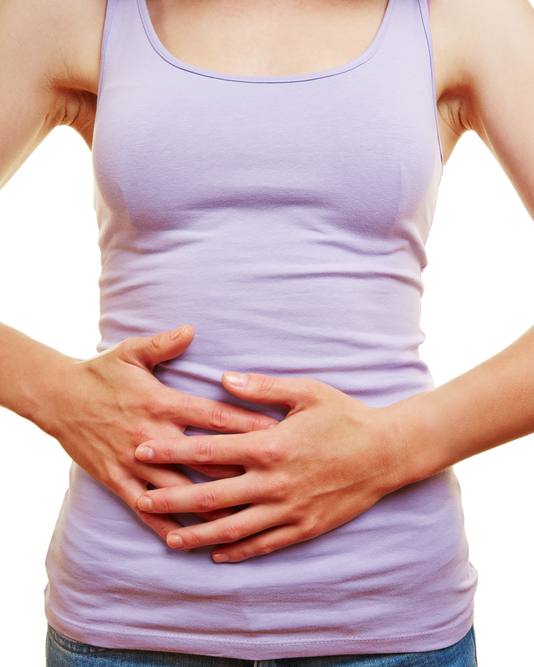How Many Calories Should You Have?
Whether your goal is to gain solid mass, or to lose body fat, the basic energy equation determines the end result.
In other words, if you consume more calories than your body requires, you'll gain weight.
And if you burn more calories than you consume, you'll lose weight. A simple theory, but it has its limitations, especially when taken to extremes.
Most people associate losing weight with eating less.
However, if your body senses caloric deprivation, which means that the amount of calories you consume is far less than your body's requirements, it will actually hold on to your body fat as an energy reserve.

Reducing the number of calories you ingest far beyond what your body needs to function will increase the activity of lipoprotein lipase; a fat-hunting enzyme that seeks additional fat to store.
So by eating only one meal per day or living off of salads all day will actually cause your body to become better equipped at storing fat.
And to make matters worse, your metabolism, which is the rate at which your body burns through food, will actually slow down.
So the question remains: how many calories should you be consuming per day?
Calorie requirements are based on many individual factors such as a person's gender, age, height, weight, and activity level.
The following formulas are helpful in determining your Basal Metabolic Rate (BMR), which is the minimum number of calories your body needs to function properly.
Additional calories are required depending on your activity level. Please keep in mind however that these are simply estimates.
Step 1: Calculating BMR
For Men:
BMR = 293 – (3.8 * age) + (456.4 * height) + (10.12 * weight)
For Women:
BMR = 247 – (2.67 * age) + (401.5 * height) + (8.6 * weight)
Note: Age is in years, height is in meters, and weight is in kilograms.
Step 2: Determine Your Activity Level Factor
| Activity Level Factor |
Activity Level |
| 1.0 | Sedentary (super coach potato) |
| 1.2 | Very light activity (nothing physical at all—those with desk jobs) |
| 1.4 | Light activity (you perform some activity during the day, such as walking lightly, but mainly still a non-physical job) |
| 1.6 | Moderate activity (still non-physical, but you do some activity during the day in addition to your workout) |
| 1.8 | High activity (physical job, like construction, plus your training) |
| 2.0 | Extreme activity (very physical job and hard training in the gym) |
Once you've determined your activity level factor, multiply that number by the BMR you calculated in Step 1.
This provides the number of calories you require to maintain your weight. For weight loss or weight gain, you would adjust the calories accordingly.
For those of you who cringe at the sight of mathematical formulas, here is a quicker but less precise method for determining your calorie requirements:
- For sedentary individuals, multiply your weight in pounds by 13.
- For moderately active individuals, multiply your weight in pounds by 15.
- For very active individuals, multiply your weight in poundsby 17.
Note: One pound is approximately ½ kg.
Remember that the quality of calories is more important than the amount of calories.
You can be within your daily caloric range by eating ice cream and potato chips, but obviously your health will pay the price on the long run.
With trial and error and frequent body fat measurements from a qualified and experienced trainer, these formulas can provide you with a good starting point in determining your caloric requirements.
To Count or Not to Count Calories?
At one point in my life, I was logging everything that I ate, including the grams of protein, carbs, and fat.
I was desperate to lose ten pounds and was determined to make it happen.
It became obsessive and I felt that the more I calculated, the further I was from reaching my goal.
I knew there had to be a reason why my efforts were failing because on paper and in theory, everything seemed right.

After educating myself, I learned a very important lesson.
While the numbers do play a role, what is most important is the variety and quality of the foods that you eat.
In an attempt to keep my caloric intake within the right range, I overlooked the importance of having enough healthy fats in my diet.
I was too concerned with “calories” that natural foods such as nuts, extra virgin olive oil, and avocados were not part of my diet because of their naturally high calorie count.
I also relied on man-made proteins and starches like fat-free cream cheese and Melba toast.
Now when I consult with clients and give lectures and seminars, I always stress that calories do not need to be counted if you eat the variety of foods that come from natural sources.
Keep your diet varied with different colored fruits and vegetables, different sources of animal proteins, lentils, pulses and beans, and nuts, seeds, and grains.
These nutrient-dense foods offer the body what it needs in addition to being naturally low in calories.
On the other hand, I do see the virtue in counting calories.
Knowing the amount of calories in foods can help you make more conscious and educated decisions about the foods you should and should not eat… as long as it doesn’t become obsessive.
Did you find today’s post helpful?
Show your support by hitting the LIKE button and SHARE the love!


Responses